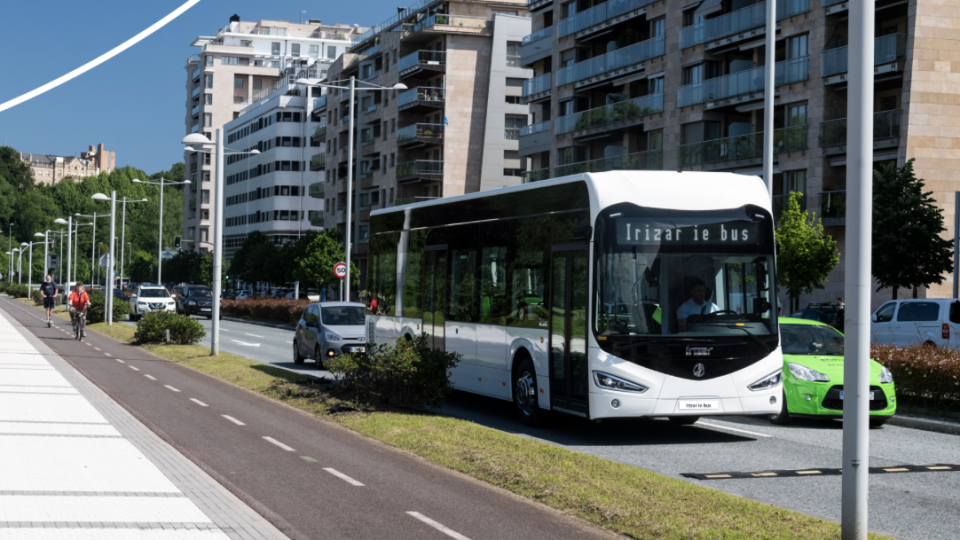VHH Hamburg to procure 183 e-buses and 210 chargers with BMDV fundings
With the funding decision from the Federal Ministry of Digital Affairs and Transport (BMDV) for the conversion of local public transport to electric mobility, Verkehrsbetriebe Hamburg-Holstein GmbH (VHH) will be able to procure a total of 183 e-buses and 210 charging stations. This summer, VHH will install state-of-the-art charging technology at its largest depot in […]

With the funding decision from the Federal Ministry of Digital Affairs and Transport (BMDV) for the conversion of local public transport to electric mobility, Verkehrsbetriebe Hamburg-Holstein GmbH (VHH) will be able to procure a total of 183 e-buses and 210 charging stations.
This summer, VHH will install state-of-the-art charging technology at its largest depot in Schenefeld (Pinneberg district) to be able to charge e-buses in the future. The conversion of other depots will also begin this year. In early 2021, VHH awarded 32 e-buses to Irizar, MAN and Volvo (followed by a follow-up order with MAN). Prior than this, both MAN and Mercedes were commissioned electric buses.
VHH to procure 183 electric buses
VHH will receive a total of 59.7 million euros from the Federal Ministry of Digital Affairs and Transport, in the framework of the “Guideline for the Promotion of Alternative Drives for Buses in Local Passenger Transport” of 7 September 2021.
First funding decisions were announced in April 2022: 1,700 buses (1,600 zero emissions) are financed. Hochbahn AG and Verkehrsbetriebe Hamburg-Holstein GmbH (VHH) in Hamburg have funding available for 472 e-buses, it was released. VHH announces it is purchasing a total of 183 e-buses and 210 charging stations.
For each one of the districts of Herzogtum Lauenburg, Pinneberg and Stormarn, the introduction of 20 e-buses is planned by the end of 2024. The district of Segeberg will double its existing number of ten e-buses to 20 emission-free vehicles.
Further funding is allocated to the infrastructure required for operation. The VHH depots must be upgraded with charging stations for e-bus operation. The workshops will also be converted. Roof work stands are increasingly being installed so that the components housed on the roofs of the e-buses can be maintained.
Toralf Müller, VHH Managing Director: “We are very pleased to be able to use our extensive experience in the field of e-mobility to further advance the conversion in Schleswig-Holstein. This is made possible by the funding, which supports the path we have taken.”
Credit picture: https://vhhbus.de/fahrzeuge/ – Torben Simon







